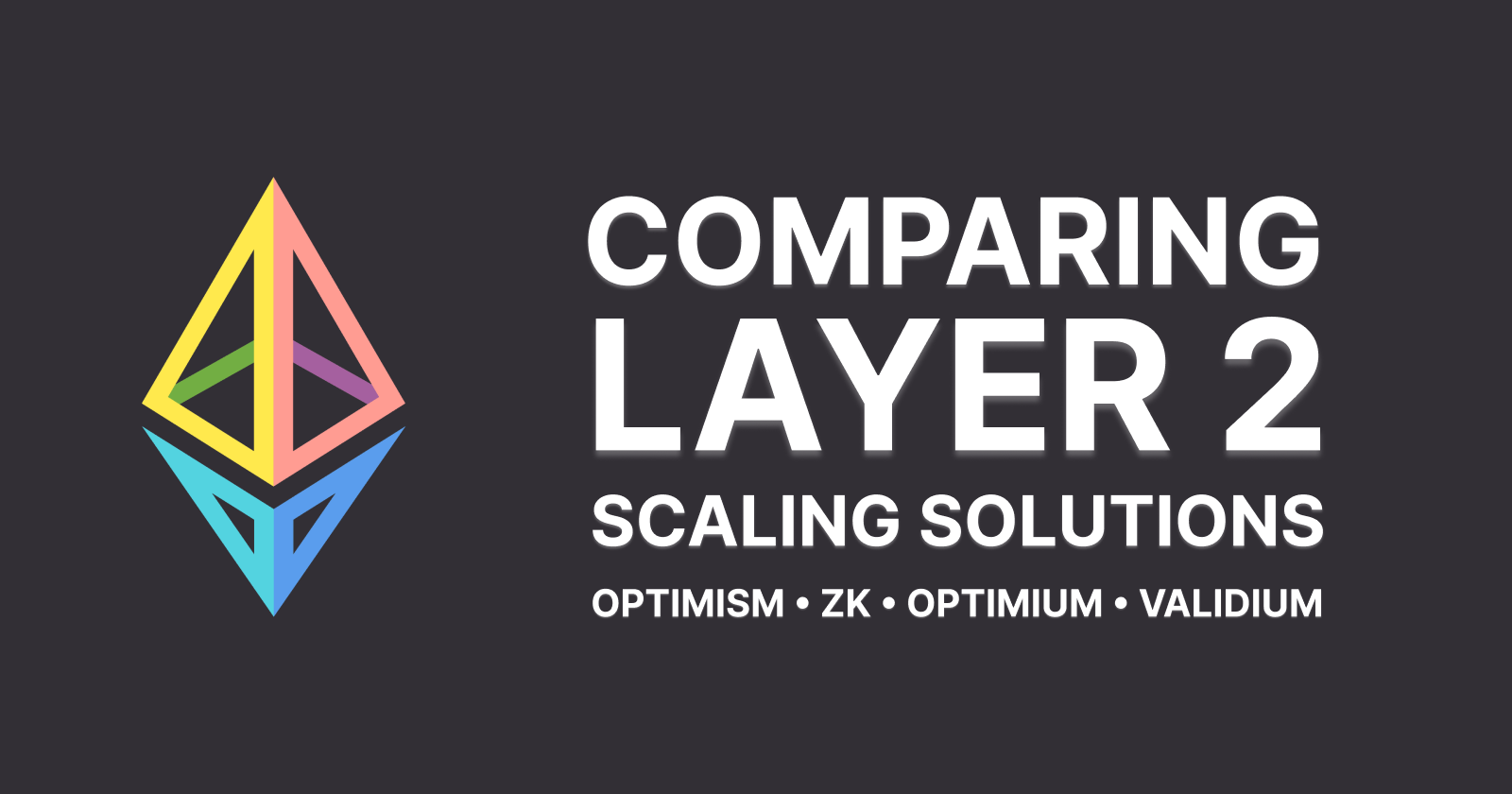What types of rollups exist on Ethereum?
 Traiano
Traiano
After the introduction of EIP-4844 on the Ethereum mainnet, rollups have effectively become the primary solution to manage the network's growing demand.
Different types of rollups leverage distinct mechanisms to achieve scalability, but they all share a common goal: processing transactions off-chain and bundling them before submitting them to Ethereum, significantly improving throughput.
In this article, we'll explore the four major rollup types on Ethereum, the most widely used implementations, and the key differences between them. We'll also discuss which rollup architectures are currently gaining traction and what trade-offs they offer.
Let's dive in.
The Four Types of Rollups
Rollups can be broadly categorized into four types:
Optimistic Rollups
ZK-Rollups
Optimium Rollups
Validium
Each type has a unique approach to how they handle transactions, proofs, and scalability. Let’s break them down.
Optimistic Rollups
Optimistic Rollups assume that transactions are valid unless proven otherwise. They rely on a "challenge" mechanism, where validators can contest invalid transactions using fraud proofs. If the fraud proof is successful, the malicious transaction is reverted.
Key Feature: Assumes transaction validity by default, reducing computational overhead while relying on fraud proofs for security.
Implementations:
- Optimism: Built with EVM compatibility in mind, Optimism makes it easy for Ethereum dApps to migrate and scale. It utilizes the OP Stack, which is designed to enhance scalability, reduce gas tees, and streamline Layer 2 developments.
Key Trade-offs: Optimistic Rollups provide low gas fees and fast execution times, but they require a waiting period (typically 7 days) for users to withdraw funds, due to the challenge window. This is one of the main limitations compared to ZK-Rollups.
ZK-Rollups (Zero-Knowledge Rollups)
ZK-Rollups utilize cryptographic proofs, known as ZK-SNARKs or ZK-STARKs, to validate transactions. Unlike Optimistic Rollups, these rollups do not require a challenge period because the validity of transactions is mathematically guaranteed.
- Key Feature: Provides immediate transaction finality through zero-knowledge proofs, offering faster settlement and
- Implementations:
Key Trade-offs: ZK-Rollups offer instant finality and security, with no need for challenge windows, but generating ZK proofs can be computationally intensive, potentially leading to higher transaction costs.
Optimium Rollups
Optimium Rollups are an optimized variant of Optimistic Rollups. They aim to reduce the gas costs and improve the overall transaction processing time, while still relying on fraud proofs to validate the correctness of transactions.
- Key Feature: Combines the scalability of Optimistic Rollups with advanced data availability solutions to drastically reduce gas fees.
Implementations:
- Mantle: Utilizes Optimium Rollups with data availability mechanisms to significantly reduce gas fees and improve
Key Trade-offs: Optimium Rollups are designed to lower costs and speed up confirmations, but they haven't yet seen widespread adoption. The main improvement over standard Optimistic Rollups is expected to be shorter challenge windows and better scalability.
Validium
Validium operates similarly to ZK-Rollups but with a key difference: the availability of data is kept off-chain, rather than on Ethereum. This allows for massive scalability gains while still maintaining security, though it sacrifices some decentralization in the process.
- Key Feature: Offers massive scalability by offloading data storage off-chain while still ensuring transaction security through on-chain validity proofs.
Implementations:
- StarkEx: Powers Validium solutions, using cryptographic proofs (ZK-STARKs) to maintain on-chain security while storing transaction data off-chain. StarkEx is used by major platforms like dYdX, a decentralized exchange, and Immutable, a Layer 2 for NFTs, both of which require high transaction throughput while minimizing
Key Trade-offs: Validium’s off-chain data availability provides extreme scalability at the expense of decentralization. It's well-suited for applications where throughput is critical, such as high-frequency trading or exchanges.
Differences Between These Rollups
Security Model: Optimistic Rollups rely on fraud proofs with challenge windows.
ZK-Rollups use cryptographic proofs for immediate validation.
Validium offloads data availability off-chain, sacrificing some security for scalability.
Transaction Finality: ZK-Rollups offer near-instant finality since the proofs are trustless and verified immediately.
Optimistic Rollups introduce latency due to their challenge period.Cost and Scalability: ZK-Rollups have higher computational costs but achieve better long-term scalability.
Optimistic Rollups provide immediate cost savings but introduce delays in transaction finality.Data Availability: Validium keeps data off-chain, providing significant scalability gains at the cost of decentralization and trust
So... Who da best?
Whether it's the fraud-proof mechanism of Optimistic Rollups, the cryptographic guarantees of ZK-Rollups, or the hybrid approach of Validium, each rollup type presents unique strengths and trade-offs.
The choice of rollup largely depends on the specific use case.
Developers must balance the need for speed, security, and decentralization when deciding which rollup to adopt. As rollup architectures mature, we will likely see improvements in performance and decentralization, driving wider adoption across the Ecosystem.
Subscribe to my newsletter
Read articles from Traiano directly inside your inbox. Subscribe to the newsletter, and don't miss out.
Written by
